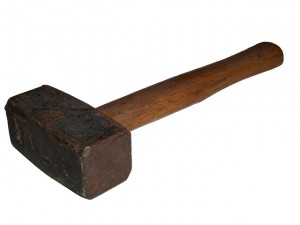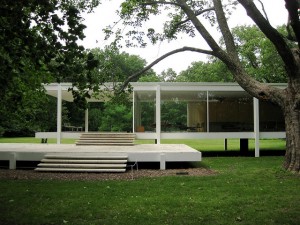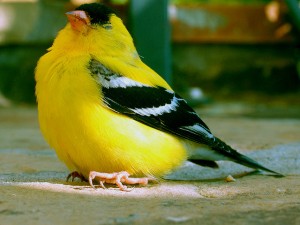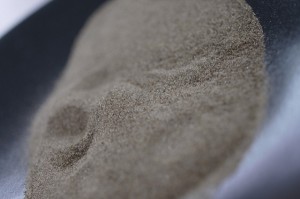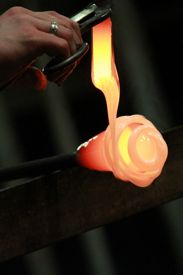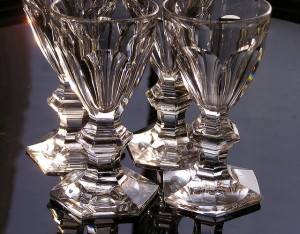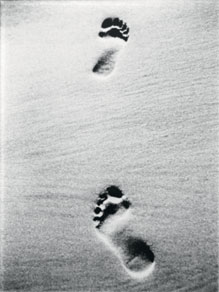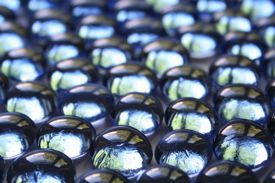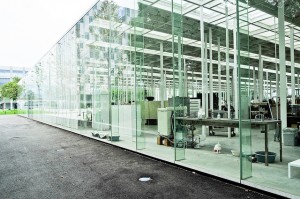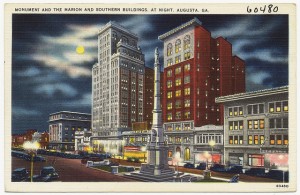Glass safety takes center stage
Glass is a beautiful architectural and decorating surface. Because ordinary glass shatters into razor-sharp shards, glass safety is a primary concern. Some dramatic demonstrations of glass safety made the news last week, as China’s Zhangjiajie Grand Canyon bridge, perched more than 1,000 feet above the ground, is prepared for its grand opening.
Glass safety on display
Zhangjiajie Grand Canyon Glass Bridge
Volunteers lined the 1,400 meter-long Zhangjiajie Grand Canyon glass bottom bridge, which is nearing its Grand Opening. As the somewhat nervous spectators looked on, one of the bridge’s glass panels was smashed with a sledgehammer, mostly to no avail. The top panel of the glass was cracked, but after more than a dozen other blows rained down on the bridge’s surface, the bottom two glass layers of the bridge stayed quite intact. In addition to suffering abuse by the sledgehammer, the bridge operators drove a 15-ton truck across the span, and allowed 25 brave tourists to jump on the cracked glass panel, all with no ill results. The structure is rated to hold 800 tourists at a time. The bridge held the demonstration to prove the safety of the structure, which will open to tourists in July.
University of North Dakota Ralph Engelstad Arena
Over the summer, the University of North Dakota will enhance the safety of the glass and boards at the university’s Ralph Engelstad Arena. The arena will install new safety glass around the ice surface, and will also take steps to increase the safety of the rink’s dasher boards. The new glass panels are actually made from acrylic and will flex when a player comes in contact with them. The flex is important in preventing serious physical injuries to players. In addition to adding flexible glass, the arena will add a new dasher board system, which will also flex when players make contact with it. A soft, rubberized cap on top of the dashers will also reduce the possibility of serious injury resulting from player contact. More than 90% of NHL arenas employ the same glass safety systems.
Liverpool University
Romag, a UK glass manufacturer has completed the installation of 3 interior pedestrian bridges for Liverpool University’s Materials Innovation Factory, which is scheduled to open in the fall of 2016. Romag is one of the UK’s largest suppliers of laminated architectural glass, and delivered the walkways fully glazed, which reduced the complexity of the installation process.
Glassprimer™ glass paint is a great addition to interior glass designs, and works on all types of glass, as well as acrylic and Plexiglas;™. If you’re looking for inspiration for a glass project, please view the rest of our site. If you’d like to purchase Glassprimer™ glass paint, please visit our online store .
Photo Credit: Sarah Williams, via FreeImages.com

